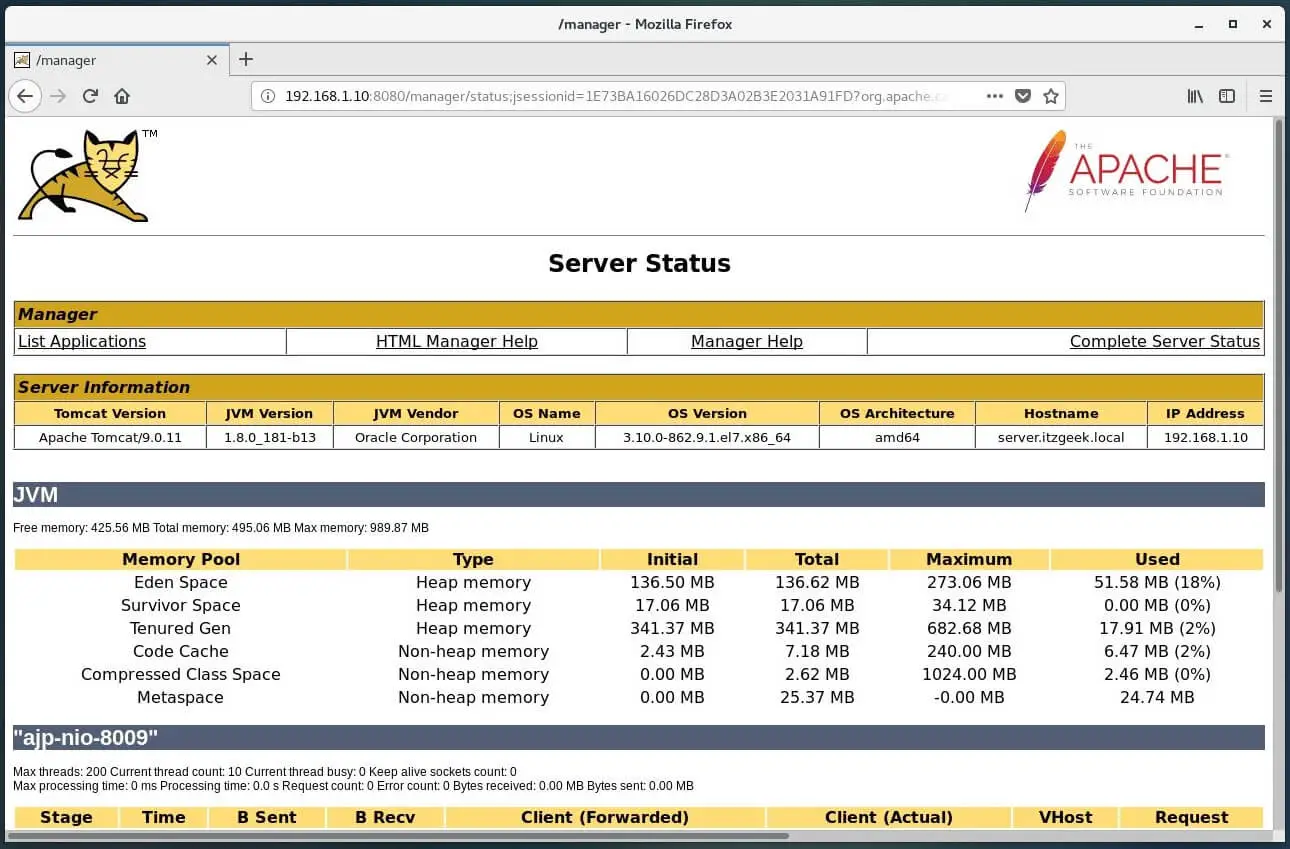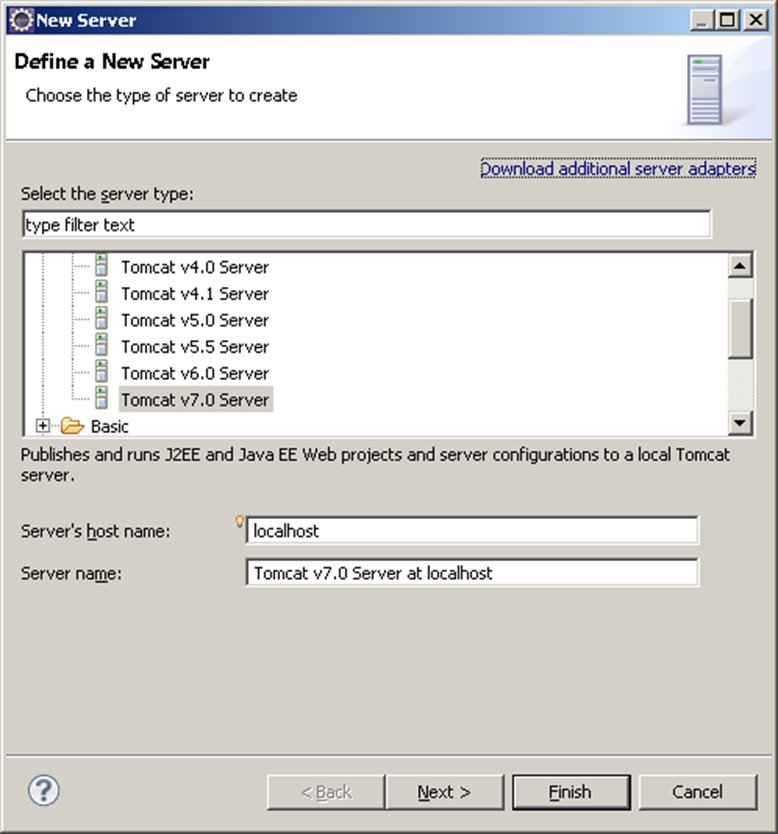

The updated specifications add a number of new features including: Tomcat 7 implements the Servlet 3.0, JSP 2.2 and EL 2.2 specifications. The Apache Tomcat project is pleased to announce the first release of Apache Tomcat 7. If you'd like to get involved in this effort - or any other aspect of Tomcat development - please subscribe to the Tomcat dev list and drop the developer community a note. As always patches to improve the situation are very welcome. There are still a number of operations and attributes that don't work correctly. The JMX improvements are still a work in progress.
#Apache tomcat 7 download full
This would allow a management tool to have full control over a Tomcat instance's configuration without having to keep the management tool's view of the Tomcat configuration and the instance's server.xml file in sync.

For example, a management tool could keep track of the current required configuration and dynamically configure the Tomcat instance via JMX both while the instance is running and when the instance is restarted. The main purpose of improving the JMX features was to allow management tools better visibility and control over Tomcat instances. With this complete, you should be able to point your browser at localhost:8080 and see the standard Tomcat ROOT application. You must specify a port (I used the standard value of 8080) and you'll want to set isAjp and isSSL to false. If you don't specify an address, the Connector will listen on all IP addresses assigned to the machine where Tomcat is running. Navigate to the Service element you created earlier and select the addConnector operation. You should see all the Contexts found in webapps being automatically deployed.įinally, you need to add a Connector so you can test your configuration. The default configuration for the Host should allow you to start it, so navigate to the new Host element and use the start operation. The type should be ".StandardHost" and the name must match the name you used for the defaultHost attribute when creating the Engine. To add the Host, navigate to the Engine you just created and use the addChild operation. The next step is to add a Host to the Engine, configure the Host and start it. baseDir must be the full path to CATALINA_BASE. For domain and defaultHost I use the standard values "Catalina" and "localhost" respectively. There is a one-to-one mapping between Service and Engine so they are created together. Navigate to this MBean and use the "createStandardServiceEngine" method to create a Service and an Engine. In the MBean tab in JConsole, you should see a number of Tomcat MBeans including one named "Catalina:type=MBeanFactory". Then start Tomcat along with JConsole and connect JConsole to your newly started Tomcat instance.
#Apache tomcat 7 download install
To try this out for yourself, you'll need to start with a standard Tomcat install (if building from trunk the contents of output/build will be fine) and reduce server.xml to the bare minimum. With the most recent changes to Tomcat 7 trunk (you'll need to build from svn or wait until 7.0.3 to use these features) it is now possible to start an absolute bare minimum Tomcat instance and perform all the configuration via JMX.

It is this second objective that I am writing about today.
#Apache tomcat 7 download code
The JMX descriptions and the actual code had diverged over time and there were many missing entries as well as entries that no longer worked.


 0 kommentar(er)
0 kommentar(er)
